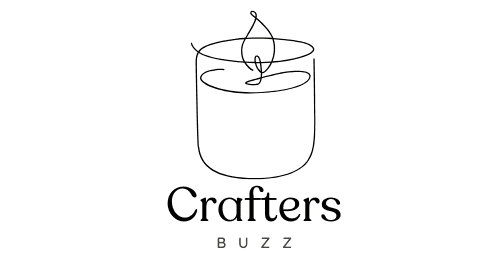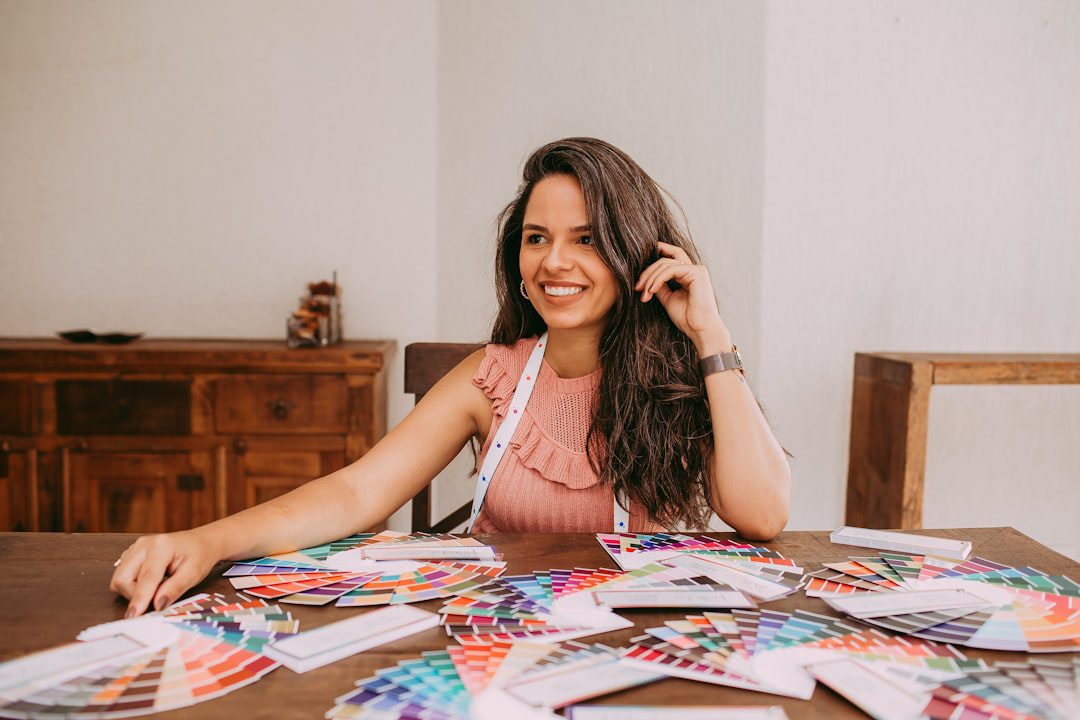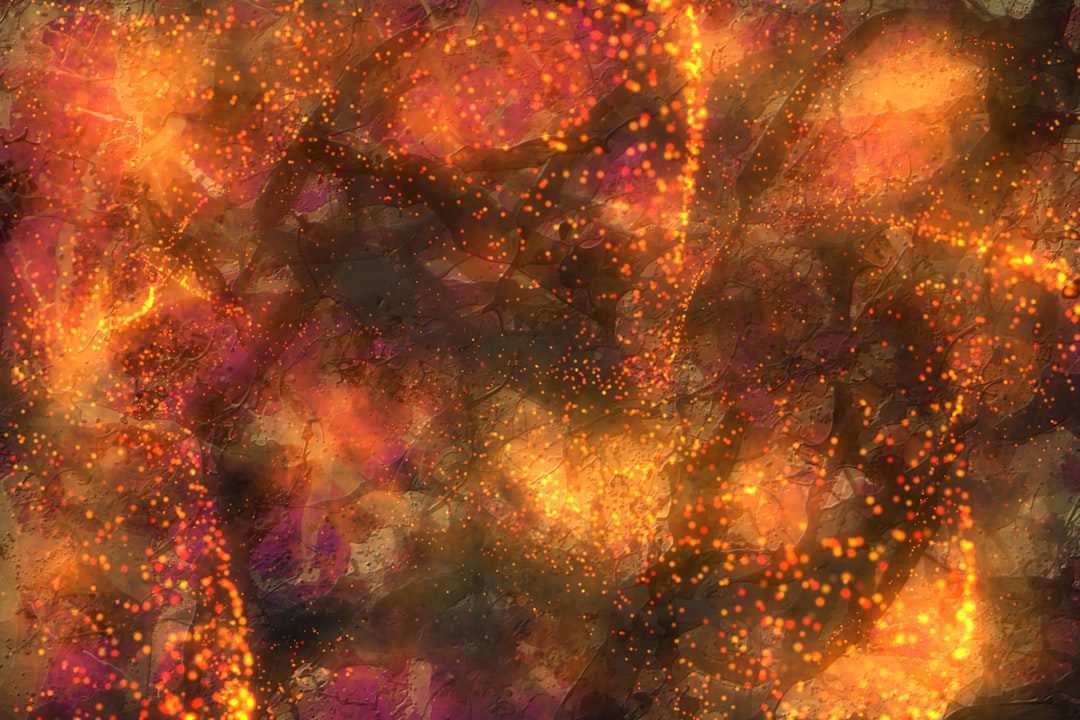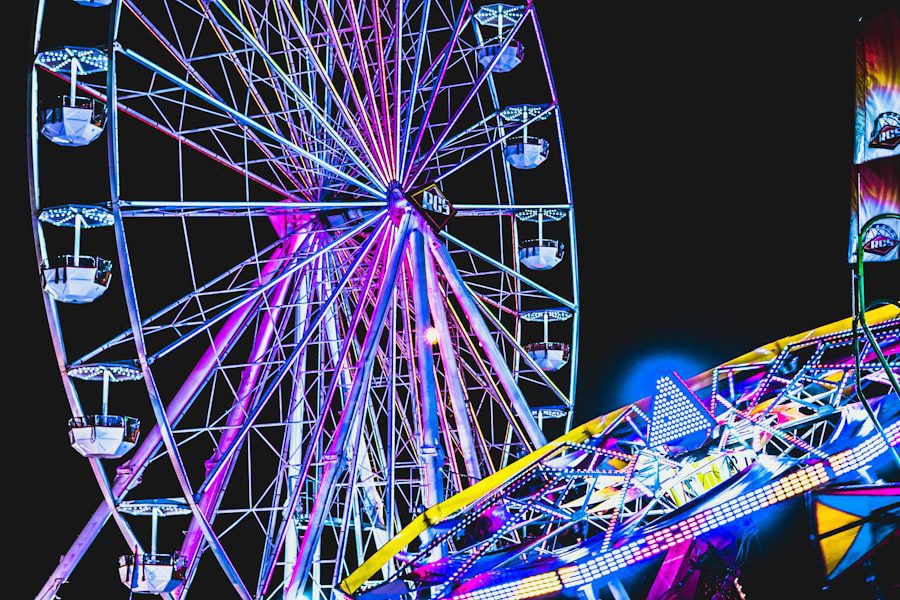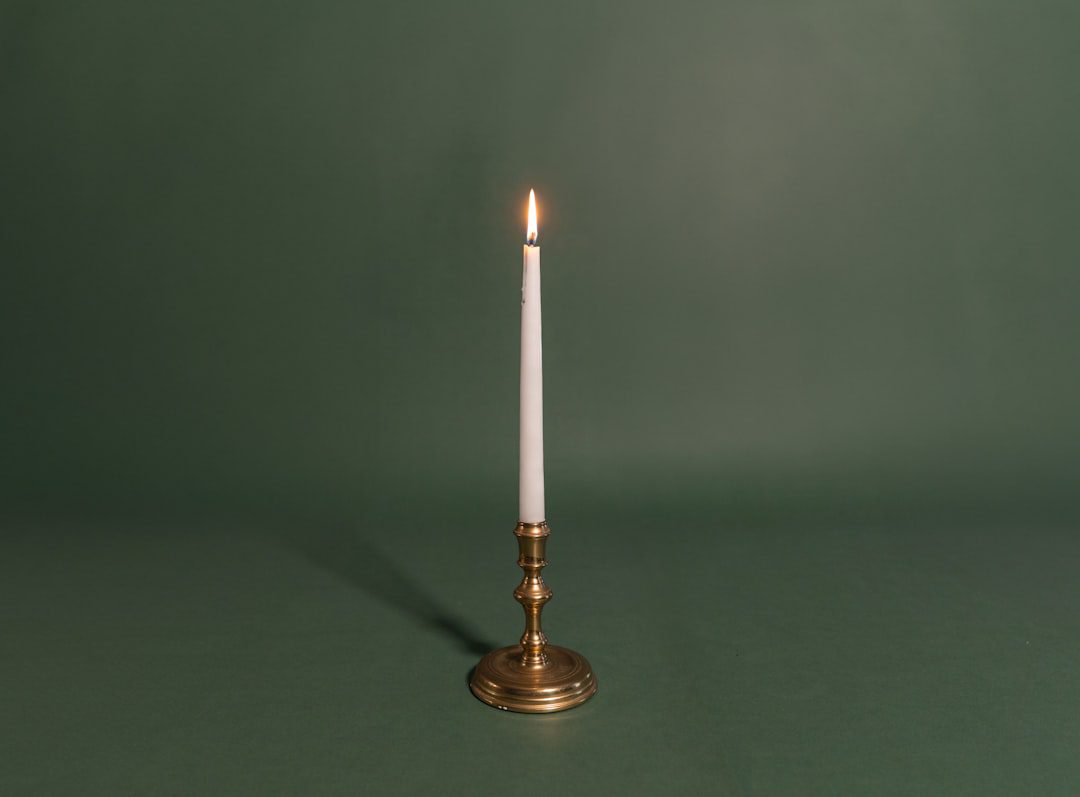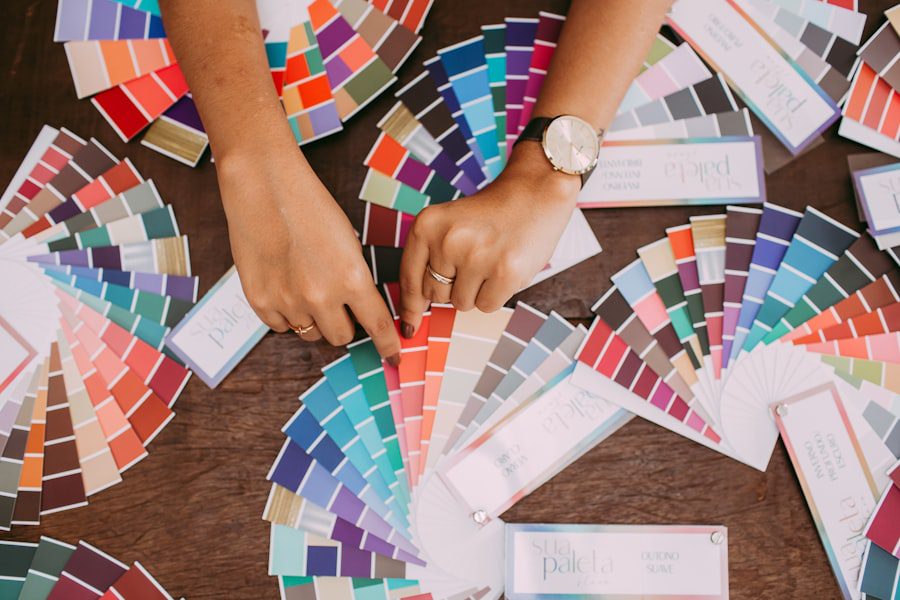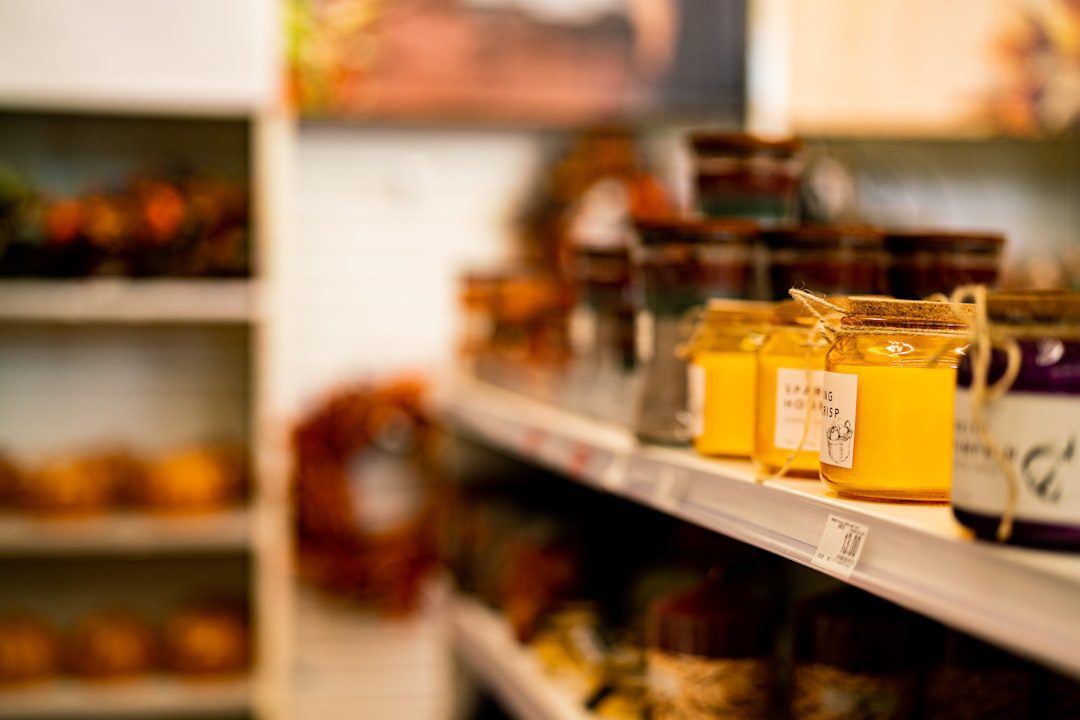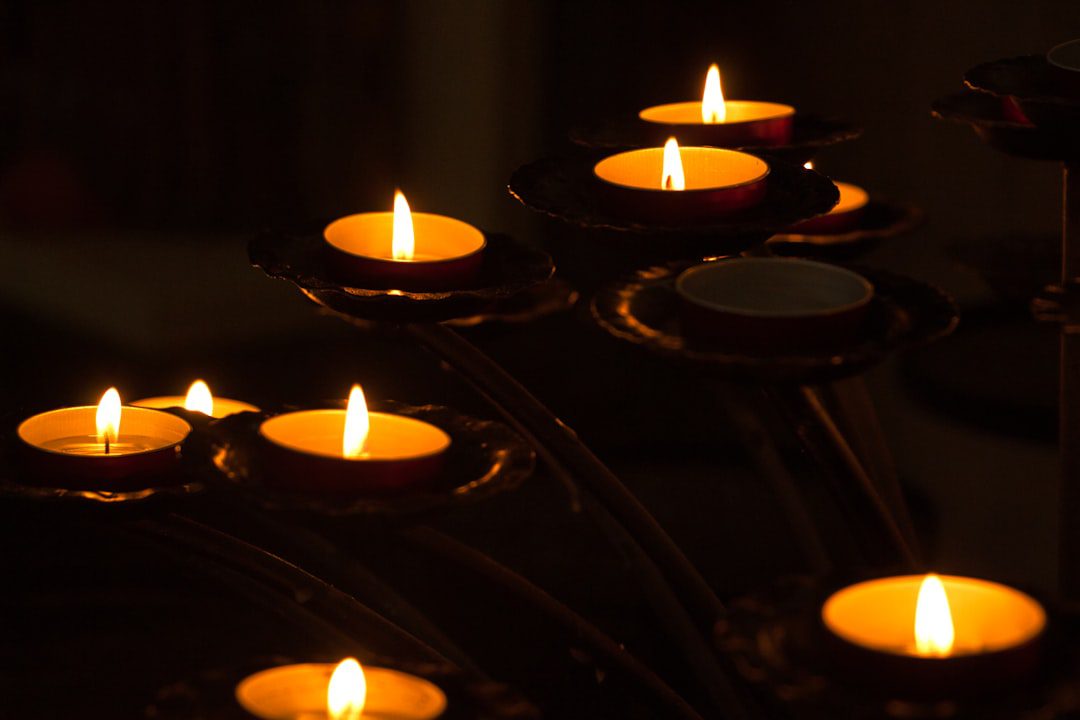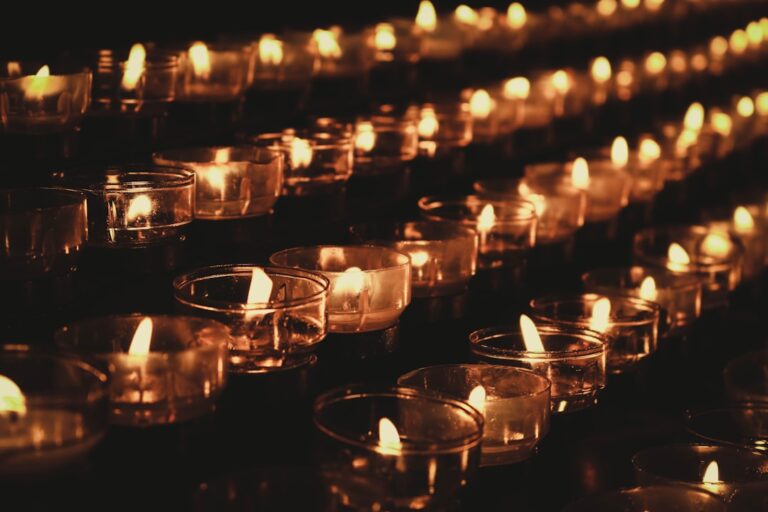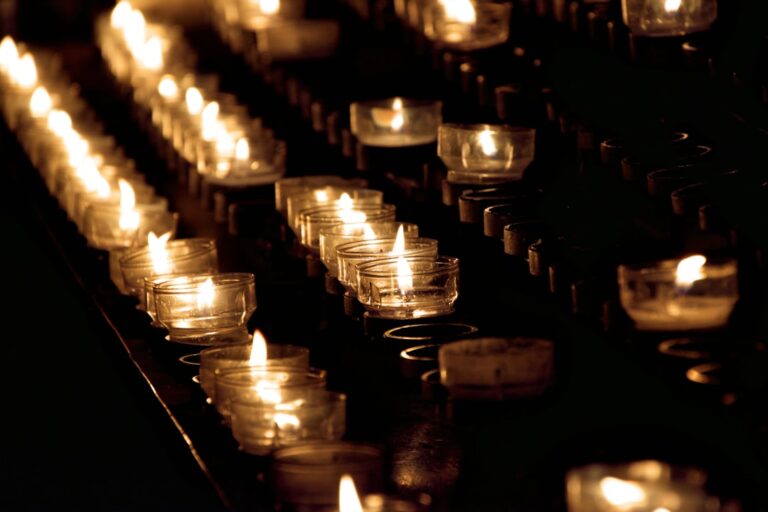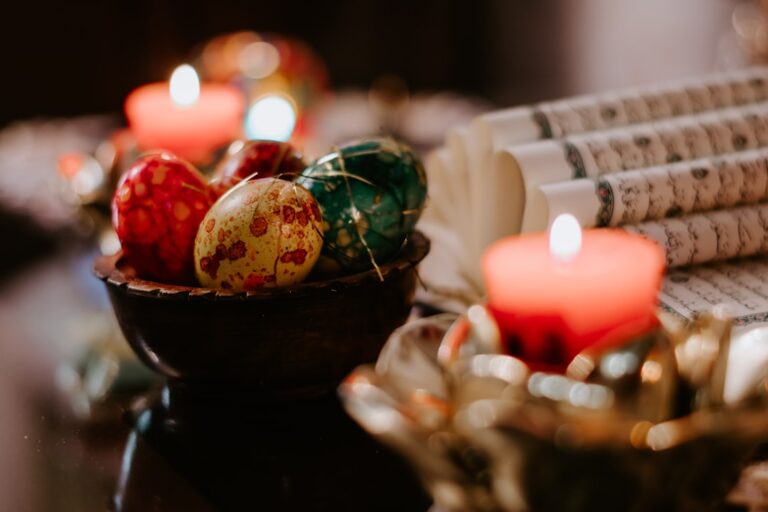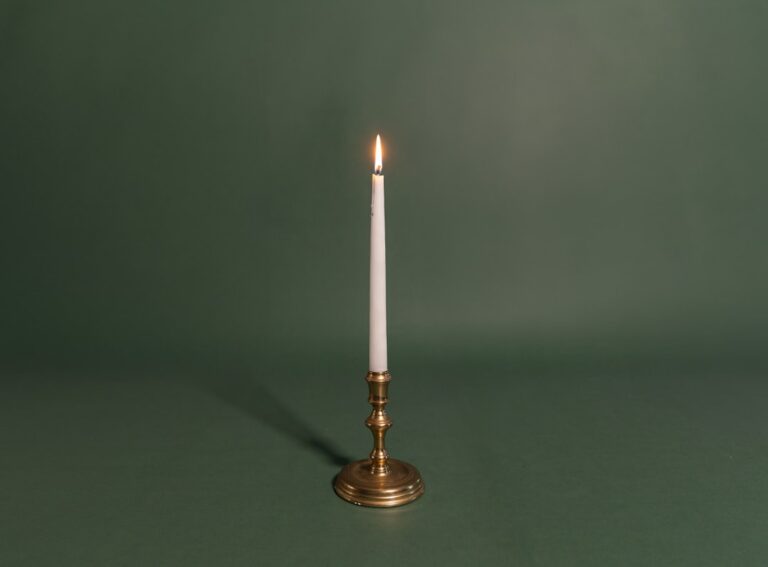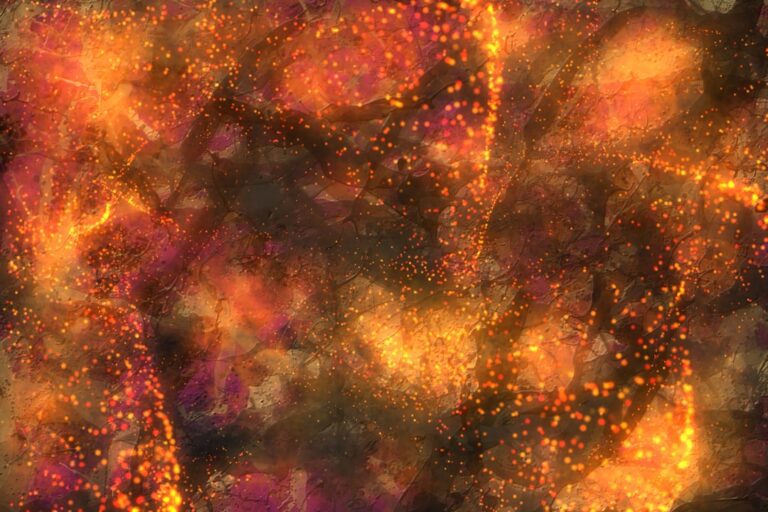How to mix candle dyes to create custom color blends.
Candle dyes are essential components in the art of candle making, allowing artisans to infuse their creations with vibrant colors that enhance both aesthetic appeal and emotional resonance. These dyes come in various forms, including liquid, powder, and block, each offering unique advantages and challenges. Liquid dyes are often favored for their ease of use and ability to dissolve quickly in melted wax, while powdered dyes can provide a more intense color saturation.
Block dyes, on the other hand, require grating or chopping before use but can be a cost-effective option for larger batches. The chemistry behind candle dyes is fascinating. Most dyes used in candle making are synthetic, designed to withstand the high temperatures of melted wax without fading or altering the scent of the candle.
When selecting a dye, it is crucial to consider its compatibility with the type of wax being used, as some dyes may not dissolve properly in certain waxes, leading to uneven coloring or unsightly specks. Additionally, the concentration of the dye can significantly affect the final hue; thus, understanding how different dyes interact with wax is fundamental for achieving the desired results.
Key Takeaways
- Candle dyes are essential for adding color to candles and come in various forms such as liquid, dye chips, and dye blocks.
- Consider the type of wax and desired color intensity when choosing the right dyes for your custom blend.
- Mixing primary colors like red, yellow, and blue can create a wide range of new shades for your candles.
- Experiment with different dye concentrations to achieve the perfect color for your candles.
- Use a color wheel to guide your blending process and create harmonious color combinations for your candles.
Choosing the right dyes for your custom color blend
Selecting the appropriate dyes for your custom color blend is a critical step in the candle-making process. The choice of dye can dramatically influence not only the visual appeal of the candle but also its performance and longevity. When embarking on this journey, it is essential to consider factors such as the type of wax being used, the intended use of the candle, and personal aesthetic preferences.
For instance, paraffin wax typically works well with both liquid and powdered dyes, while soy wax may require specific dyes formulated for its unique properties. Moreover, understanding the colorfastness of different dyes is vital. Some dyes may fade over time when exposed to light or heat, which can be particularly problematic for candles that are displayed in bright environments.
It is advisable to conduct thorough research on various dye brands and their reputations regarding color retention. Additionally, experimenting with small batches can help identify which dyes yield the best results for your specific needs. By carefully selecting your dyes based on these criteria, you can create candles that not only look stunning but also maintain their vibrancy over time.
Mixing primary colors to create new shades
The art of mixing primary colors to create new shades is a fundamental skill in candle making that allows for endless creativity. The primary colors—red, blue, and yellow—serve as the building blocks for a vast spectrum of hues. By understanding how these colors interact, candle makers can develop unique blends that reflect their artistic vision.
For example, combining equal parts of red and yellow will yield a vibrant orange, while mixing blue and yellow will produce a lively green. When blending colors, it is essential to start with small amounts to avoid overwhelming the mixture. Gradually adding dye allows for better control over the final shade.
Additionally, different dye types may behave differently when mixed; for instance, liquid dyes may produce a more uniform blend compared to powdered dyes, which might create a speckled effect if not mixed thoroughly. Candle makers should also consider the opacity of their chosen dyes; some may be more transparent than others, affecting how they appear when added to wax. This experimentation with primary colors not only enhances technical skills but also fosters a deeper understanding of color theory in practice.
Experimenting with different dye concentrations
Experimentation with dye concentrations is a crucial aspect of achieving the desired color intensity in candle making. The concentration of dye directly influences how vibrant or muted a candle’s color will appear once it has cooled and solidified. A common approach is to start with a small amount of dye and gradually increase it until the desired shade is reached.
This method allows for precise control over the final outcome and minimizes waste. Different wax types can also affect how dye concentrations manifest in the finished product. For instance, soy wax tends to absorb colors differently than paraffin wax due to its natural properties.
As a result, a candle maker might find that a particular concentration yields a more muted tone in soy wax compared to paraffin. Additionally, environmental factors such as temperature can impact how dye disperses within the wax; warmer temperatures may allow for better mixing and absorption. Therefore, keeping detailed notes during experimentation can help replicate successful blends in future projects.
Using a color wheel to guide your blending process
A color wheel serves as an invaluable tool for candle makers looking to enhance their blending process. This visual representation of colors illustrates relationships between primary, secondary, and tertiary hues, providing insight into how different colors interact with one another. By utilizing a color wheel, artisans can easily identify complementary colors that will create striking contrasts or analogous colors that produce harmonious blends.
For example, if a candle maker wishes to create a calming lavender hue, they can refer to the color wheel to see that mixing blue and red will yield purple. From there, they might experiment by adding varying amounts of white or yellow to achieve different shades of lavender. The color wheel also aids in understanding color temperature; warm colors like reds and oranges evoke feelings of warmth and energy, while cool colors like blues and greens promote tranquility and relaxation.
By incorporating this tool into their creative process, candle makers can make informed decisions about their color choices and achieve more cohesive designs.
Tips for achieving consistent and vibrant color blends
Achieving consistent and vibrant color blends in candle making requires attention to detail and a few key techniques. One important tip is to always measure dye accurately using a scale or measuring spoons. This practice ensures that each batch maintains the same color intensity and hue as previous ones.
Additionally, keeping a record of dye ratios used in successful blends allows for easy replication in future projects. Another technique involves thoroughly mixing the dye into the melted wax before pouring it into molds or containers. Inadequate mixing can lead to uneven coloration or streaks within the finished candle.
Using a stick blender or whisk can help achieve a uniform distribution of color throughout the wax. Furthermore, testing small samples before committing to larger batches can save time and resources while allowing for adjustments based on personal preferences or desired outcomes.
Testing and adjusting your custom color blends
Testing and adjusting custom color blends is an integral part of the candle-making process that ensures satisfaction with the final product. Once a blend has been created, pouring small test candles allows artisans to evaluate how the colors appear once solidified. This step is crucial because colors often change during cooling; what looks vibrant in liquid form may appear muted once set.
If adjustments are necessary after testing, it’s essential to take notes on what changes were made and their effects on the final product. For instance, if a test candle appears too dark or too light, adding more dye or diluting it with additional wax can help achieve the desired shade. This iterative process not only refines technical skills but also fosters creativity as makers learn to adapt their blends based on real-world results.
Storing and labeling your custom dye blends
Proper storage and labeling of custom dye blends are vital for maintaining organization and ensuring ease of use in future projects. Candle makers should store their dye mixtures in airtight containers away from direct sunlight to prevent degradation over time. Glass jars or plastic containers with secure lids work well for this purpose, as they protect against moisture and air exposure.
Labeling each container with detailed information about its contents—including dye ratios, date created, and intended use—can save time during future projects by eliminating guesswork. This practice also allows artisans to track which blends have been successful or require further refinement. By implementing effective storage and labeling systems, candle makers can streamline their creative processes while preserving their unique color blends for future endeavors.
If you’re interested in creating custom candles, you may also want to learn how to make your own candle oil fragrance. This article on Crafters Buzz provides step-by-step instructions on how to create unique scents for your candles. By combining this knowledge with the tips on mixing candle dyes for custom color blends, you can truly personalize your candle-making experience.
FAQs
What are candle dyes?
Candle dyes are specially formulated colorants that are used to add color to candles. They come in various forms such as liquid dyes, dye chips, and dye blocks.
Why would I want to mix candle dyes?
Mixing candle dyes allows you to create custom color blends that are not available as pre-made dyes. This gives you the flexibility to create unique and personalized candle colors.
How do I mix candle dyes?
To mix candle dyes, start by selecting the colors you want to blend. Then, use a small amount of each dye and experiment with different ratios until you achieve the desired color. It’s important to keep track of the ratios used so that you can replicate the color in future batches.
What are some tips for mixing candle dyes?
When mixing candle dyes, start with a small amount of dye and gradually add more as needed. Keep in mind that the color of the wax can affect the final color of the candle, so it’s important to test the color in the actual wax you will be using. Additionally, keep a record of the ratios used for each custom color blend for future reference.
Are there any safety precautions to consider when mixing candle dyes?
When working with candle dyes, it’s important to wear gloves to avoid staining your skin. Additionally, work in a well-ventilated area to avoid inhaling fumes from the dyes. Be sure to follow the manufacturer’s instructions for handling and using the dyes safely.
